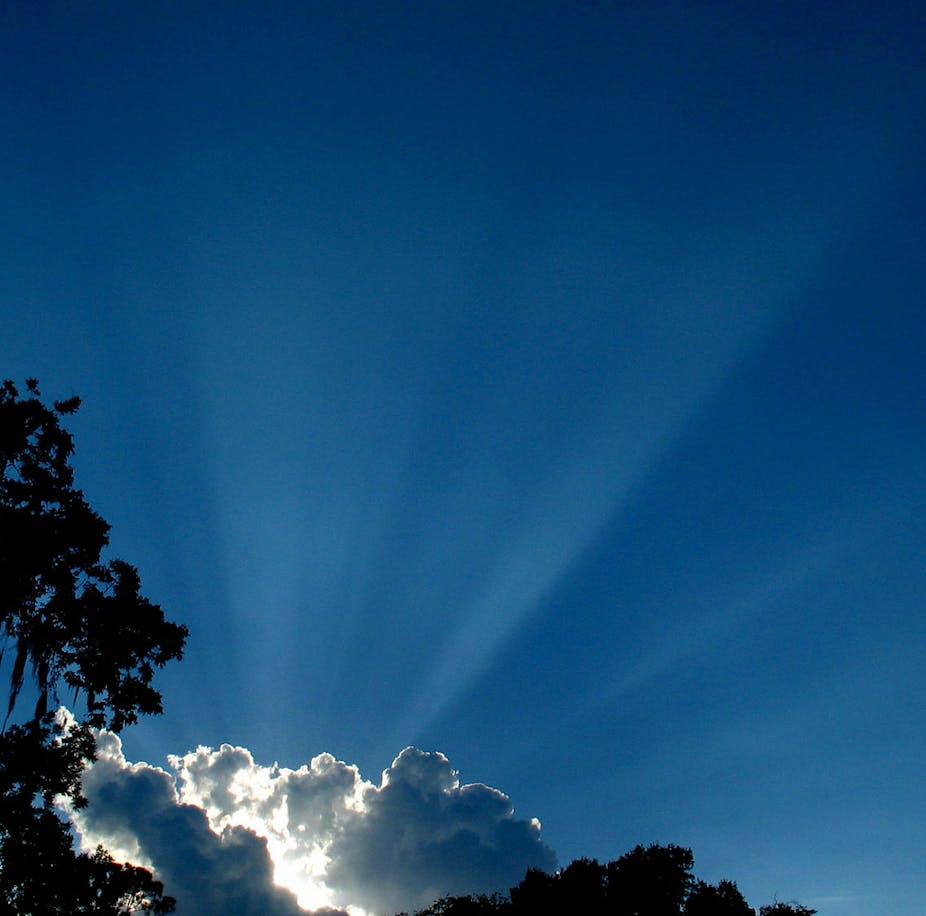A hole in the Arctic ozone layer grew at unprecedented levels this year, a new study has found, exposing densely populated northern hemisphere countries to potentially harmful levels of UV radiation.
The ozone layer, which normally absorbs most of the sunburn and skin cancer-causing UVB light from the sun, is depleted by gases called chlorofluorocarbons (CFCs) found in some refrigerants and solvents.
The Arctic ozone hole grew in 2011 at a rate comparable to its more well-known cousin, the Antarctic ozone hole, which shot to fame in the 1980s.
An international team of researchers report in the latest edition of the journal Nature that unusually long-lasting, cold conditions earlier this year trapped CFCs in the Arctic lower stratosphere for longer than normal, causing what the scientists described as “unprecedented ozone loss.”
“Chemical ozone destruction over the Arctic in early 2011 was — for the first time in the observational record – comparable to that in the Antarctic ozone hole,” the paper said.
“Chemical loss in 2011 was two to three times larger than that in 1997, and about twice that in 1996 and 2005 above.”
Dire consequences
Dr Roger Dargaville, an expert in ozone layer depletion and atmospheric science at the University of Melbourne’s School of Earth Sciences, said that reduced use of CFCs had helped put the brakes on Antarctic ozone loss but that significant ozone depletion in the Northern Hemisphere was of great concern.
“There are large populated areas in Northern Europe, Asia and North America that are directly affected by the increased UV radiation resulting from the ozone depletion. People, animals and plants suffer dire consequences of exposure to UV,” said Dr Dargaville, who was not involved in the study published in Nature.
“We don’t yet know what caused the unusually cold temperatures in the Arctic in early 2011, or if there is any likelihood of it happening again in the future. But it suggests we also need to keep a close eye on the Antarctic ozone levels as unexpected events could also occur in the the Southern Hemisphere.”
Dr Robyn Schofield, an Arctic ozone expert also from the University of Melbourne’s School of Earth Sciences, said the high rate of ozone loss in 2011 posed “a high risk to people from increased UV, as the ozone hole moves over populated areas.”
Dr Kevin Trenberth, Distinguished Senior Scientist in the Climate Analysis Section at the National Center for Atmospheric Research in the US described growing hole as “worrisome both for ecosystems and the climate system.”
“As climate change rears its head more and more, temperatures lower in the stratosphere and increase the odds of an ozone hole, although the chemical constituents of the atmosphere play a key role,” he said.

